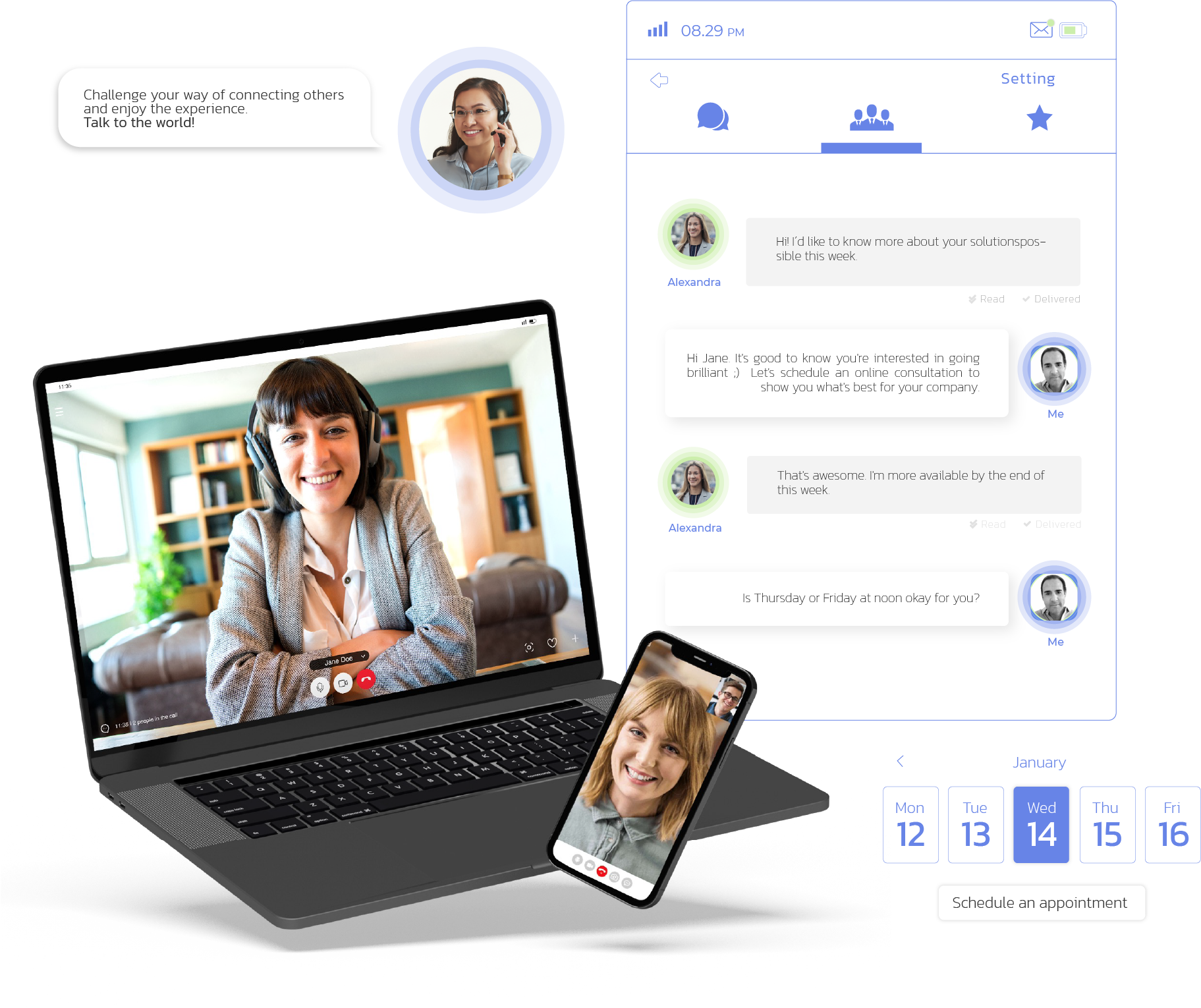

in a remote team?

Waiting times in the health sector are one of the relevant aspects for the patient when evaluating their general experience. None of us like having to wait, and in the era of Covid, the nervousness of people waiting in places where there is a probability that someone in the same room has a virus is even palpable.
However, due to the characteristics of the common health process, it is found that there is not one moment of waiting, but two and sometimes even three.
Unlike the waiting processes of a bank, for example, where the person takes a turn, waits for their attention at the till, receives the attention and leaves, in health the processes are a little more complex.
Typically the patient must deal with more than one type of care; The first is the administrative process of admission/approval and payment of the “copayment”, which sometimes must be done in a separate box, to later move on to the medical care process as such. Each process has its associated waiting time.
Usually, to reduce waiting times, it is necessary to combine several factors, such as appointment management, optimization of service processes, adjustment of service hours, among others.
There is a path that several health providers in Latin America are taking that is very effective in reducing total waiting times and that is the elimination of the face-to-face process for admission/approval of procedures.
Why make the client
wait in the clinic for a process that can be done online before arriving for their medical appointment?

Broadly speaking, the way to achieve this is to give the patient the opportunity to approve and pay for the service (co-pay) online. Once that co-payment is made, when arriving to take the appointment at the medical center or clinic, the appointment system can identify if the patient has an appointment, and if the payment has already been made for that appointment, based on this information the The system directs the patient directly to their appointment or medical procedure, completely bypassing their portion of the face-to-face approval and payment process.
Of course, in providers where they have several different agreements, carrying out these online approval and payment processes are a bit more complex, but these rules of the game are becoming more and more standardized, streamlined, and systematized.
This path, in addition to improving the patient experience, has two very relevant advantages for the provider, such as the reduction in the number of personnel needed for administrative processes and the reduction in canceled appointments (no-show).
Just as the pandemic makes us a little more nervous when we are in a hospital waiting room, it has also generated a boost in the willingness of patients to use technological tools, which creates a world of possibilities for service providers. who want to seize the moment to make a leap in efficiency and patient experience.

Contact us





